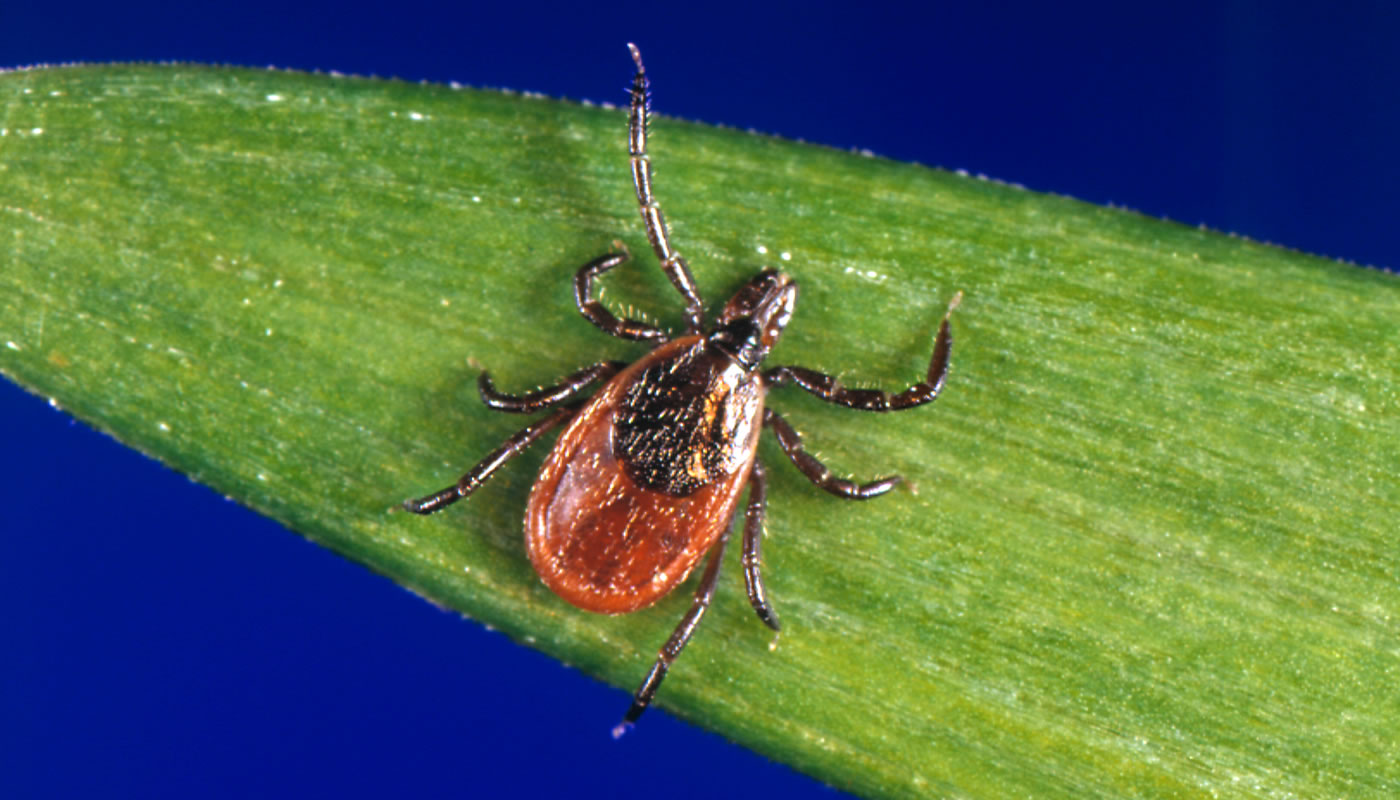Ticks are found in and near wooded areas, tall grass and brush, and may be something people encounter on occasion while visiting the Forest Preserves.
On this page:
- Overview
- Avoiding Tick Bites
- What to Do After a Tick Bite
- Tick Testing in the Forest Preserves
- Additional Resources
Overview
In the Chicago region, infected ticks can transmit diseases including anaplasmosis, babesia, ehrlichiosis, Lyme disease, Powassan virus, Rocky Mountain spotted fever and tularemia through their bites.
While the chances of contracting a tick-borne disease are relatively small, the Forest Preserves and the Cook County Department of Public Health (CCDPH) encourage Cook County residents to take common-sense precautions to prevent tick bites while enjoying the warmer weather outdoors.
Avoiding Tick Bites
- Walk in the center of trails when possible so vegetation doesn’t brush against you.
- Use repellent that contains 20 to 30 percent DEET on exposed skin. Always follow product instructions.
- Use products that contain permethrin to treat clothing and gear, such as boots, pants (especially the cuffs), socks and tents. Alternatively, look for clothing pre-treated with permethrin.
- Tuck long pants into your socks and boots. Wearing light-colored pants makes ticks easier to see.
- In heavily wooded areas or in tall grass and brush, check yourself, children and other family members every two to three hours for ticks (especially ears, hair, neck, legs and between the toes).
- If you let your pets outdoors, check them often for ticks. Ticks can “hitch a ride” on your pets, but fall off in your home before they feed.

What to Do After a Tick Bite
Check yourself or a partner for ticks within 24 hours of spending time in a natural area. If you find a tick on yourself, others or pets, remove it promptly. According to the CCDPH, the best way to remove a tick is to grasp it with fine-point tweezers as close to the skin as possible and gently but firmly pull it straight out. Do not twist or jerk the tick. Wash the bite area and your hands with soap and water and apply an antiseptic to the bite site.
According to the Illinois Department of Public Health (IDPH), the mouthparts of a tick can remain embedded and lead to infection if not removed properly. If the mouthparts do break off or you have trouble removing the tick, consult your physician.
The CCDPH encourages you to seek medical treatment if you experience a rash that looks like a bull’s-eye or a rash anywhere on your body, or an unexplained illness accompanied by fever following a tick bite. The most common symptoms of tick-related illnesses can include fever, chills, aches and pains, and rash. Early recognition and treatment of the infection decreases the risk of serious complications.
Tick Testing in the Forest Preserves
The Forest Preserves of Cook County has collaborated with public health and research institutions, locally and nationally, since the late 1980s. The Forest Preserves collects specimens on an annual basis and provides them to public health and research institutions. Medical experts at these public health and research organizations analyze samples from the Forest Preserves and other agencies to help make decisions about managing tick-borne disease(s) in our area and beyond, including outreach to the public and medical community.
One of our research goals is to help understand the transmission of zoonotic diseases to protect public health, and enable additional research on the interaction between zoonotic diseases, flora and fauna. You can view some of the peer-reviewed publications that have used our data here.
Additional Resources
- Ticks – Centers for Disease Control & Prevention (CDC)
- Prevention and Control: Common Ticks – Illinois Department of Public Health (IDPH)
- Communicable Diseases – Cook County Department of Public Health (CCDPH)
- Anaplasmosis – Centers for Disease Control & Prevention (CDC)
- Babesia – Illinois Department of Public Health (IDPH)
- Ehrlichiosis – Illinois Department of Public Health (IDPH)
- Lyme disease – Illinois Department of Public Health (IDPH)
- Powassan virus – Centers for Disease Control & Prevention (CDC)
- Rocky Mountain spotted fever – Illinois Department of Public Health (IDPH)
- Tularemia – Illinois Department of Public Health (IDPH)

